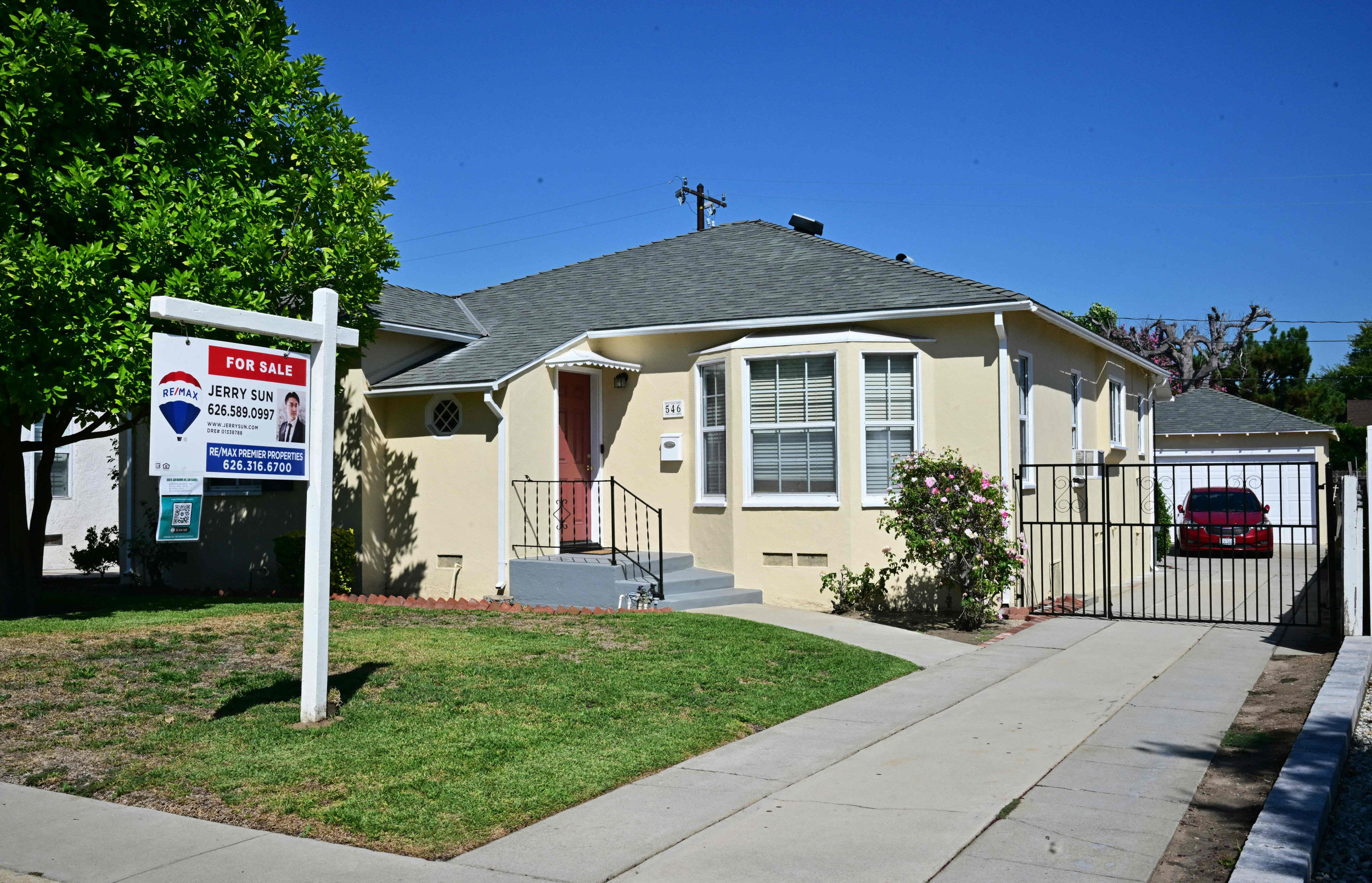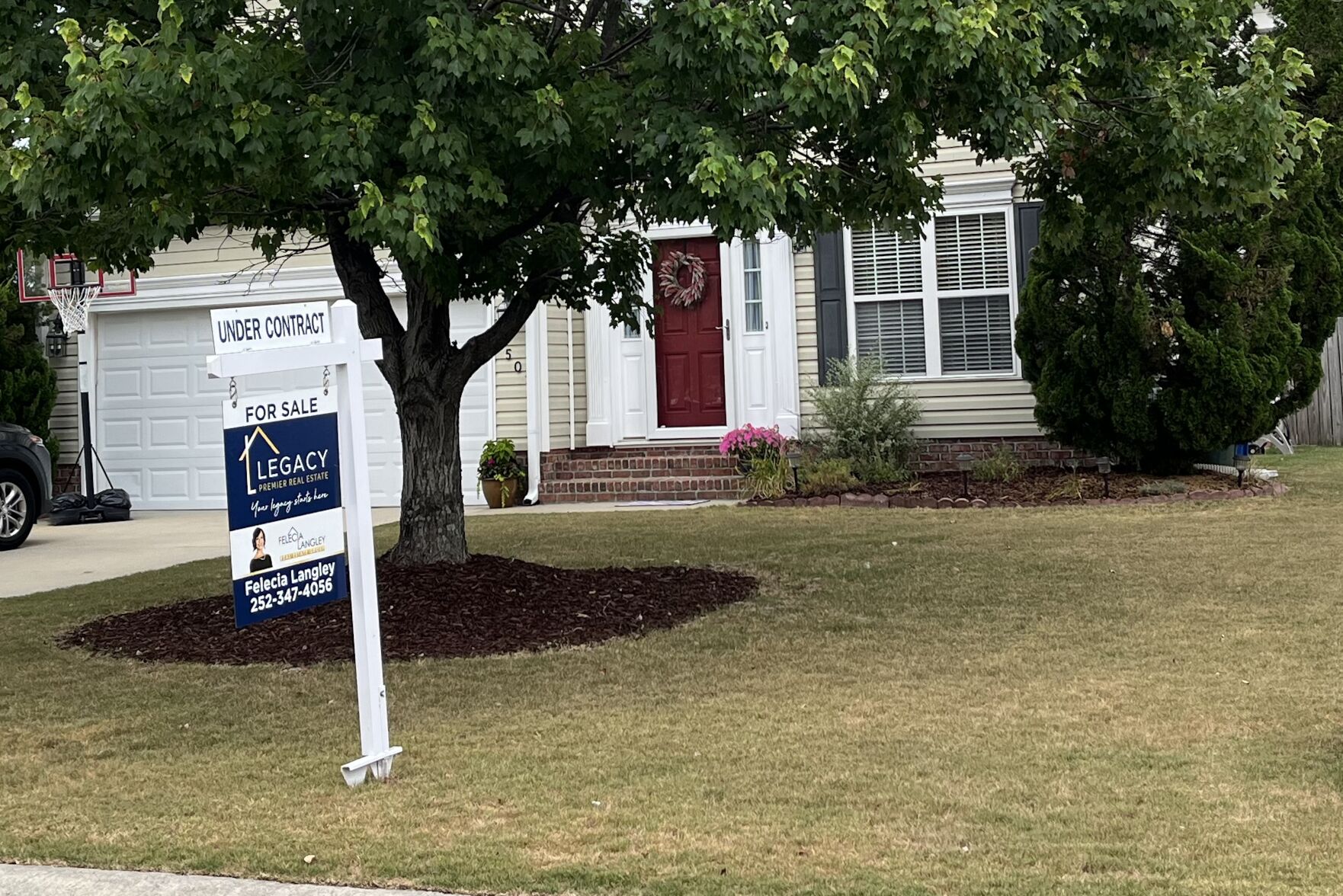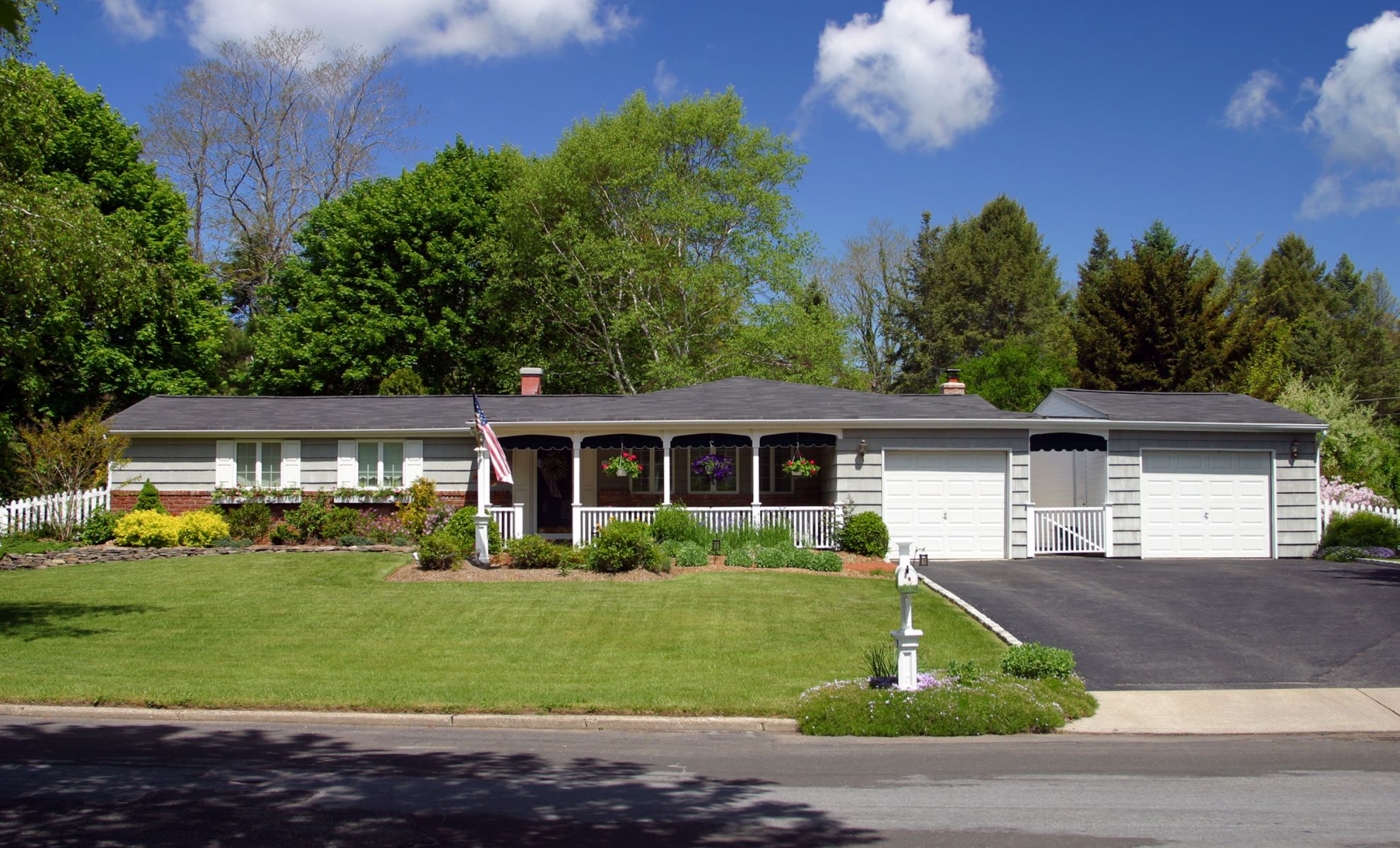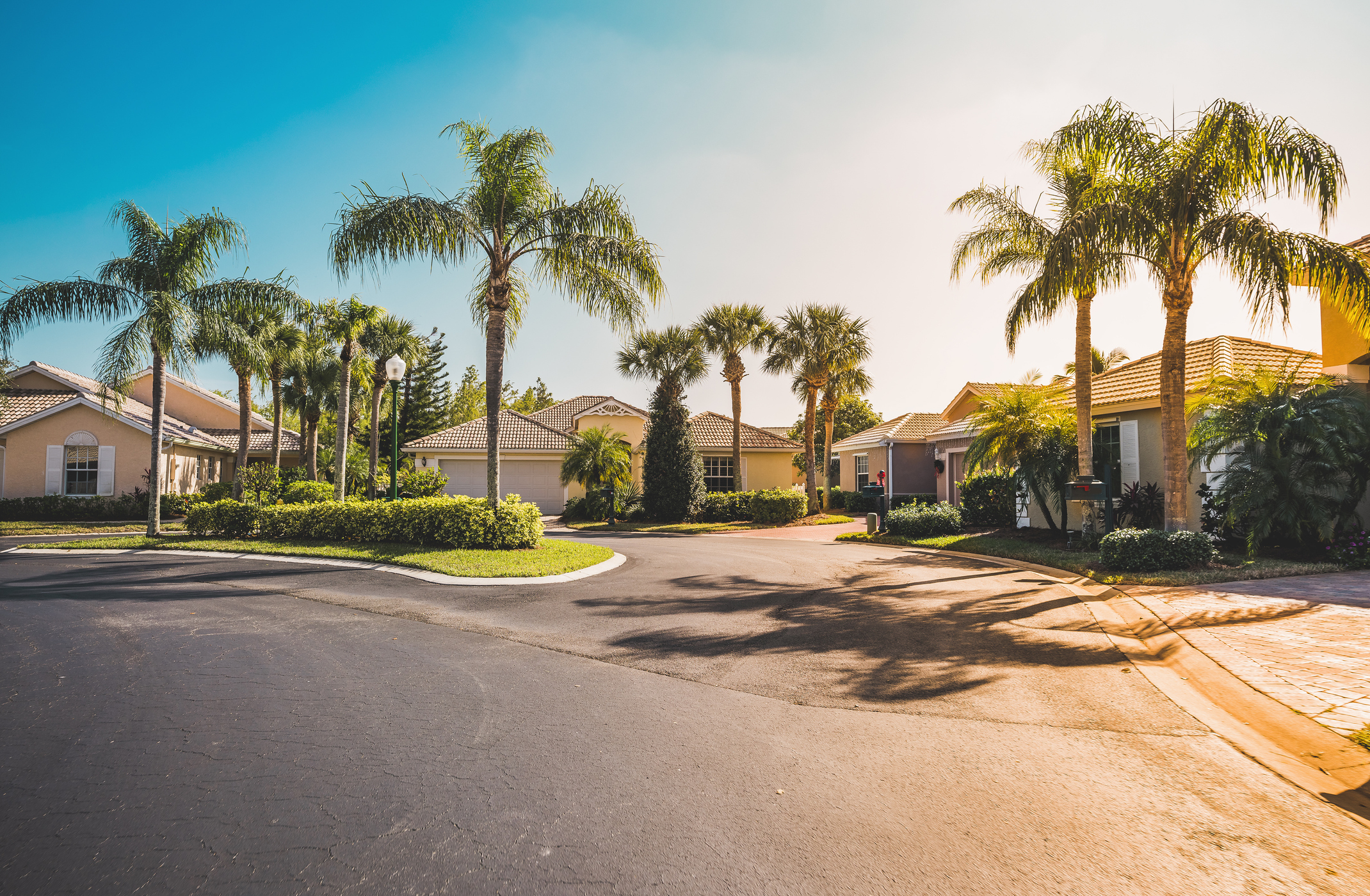













The U.S. housing market is experiencing a notable shift as of January 2025, with 33.1% of single-family homes listed for sale having undergone price cuts, a slight increase from 33% the previous week. Mike Simonsen, founder of Altos, characterized this trend as 'very unusual' for January, marking the first uptick in price reductions during this month in over a decade [cdd03546]. This phenomenon occurs against a backdrop of an ongoing affordability crisis, driven by low inventory, high home prices, and mortgage rates hovering around 7% [cdd03546].
Despite these price cuts, the median price of newly pending single-family home sales remains relatively high at $389,700, reflecting a 2.5% increase from the previous year [cdd03546]. Realtor.com has reported that 15.6% of listings have experienced price cuts, the highest proportion since 2023, indicating a significant adjustment in the market as sellers respond to the changing economic landscape [cdd03546]. Simonsen anticipates that price cuts will persist until mortgage rates begin to decrease, further complicating the housing market dynamics [cdd03546].
In the broader context, the U.S. housing market is navigating a complex landscape as it attempts to meet the needs of prospective buyers in 2025. Recent data shows that 15% of Americans plan to purchase a home this year, the highest percentage since 2019. However, rising home prices and high mortgage rates are hindering many potential buyers. According to NerdWallet, despite 39 million Americans intending to buy, fewer than 5 million homes are expected to be sold this year [63ac0016]. The median sales price has reached $420,000, while many buyers hope to spend around $259,088, highlighting a substantial gap between what buyers can afford and current market prices [63ac0016].
In a notable trend, St. Louis has emerged as the top luxury housing market in the U.S. for the third consecutive quarter, followed by Detroit at No. 2 and Canton, OH, as the overall top market. Trenton, NJ, has made its debut in the rankings, indicating a shift in luxury market dynamics [93c45855]. The ongoing affordability crisis is exacerbated by the fact that only 28% of those intending to buy in 2024 were successful in their attempts. Additionally, 35% of non-homeowners cite the cost of living as a significant barrier to homeownership [63ac0016]. As of January 23, 2025, the average 30-year mortgage rate stands at 6.96%, further complicating the situation for buyers [63ac0016].
The broader context of the housing market reveals that existing home sales fell to 4.06 million in 2024, marking a 0.7% decline from the previous year, and the lowest level since 1995. The median home price rose by 4.7% to $407,500, while mortgage rates peaked at nearly 8% in October 2023, significantly impacting affordability for potential buyers [8f5c0c26][a1784530]. Recent reports indicate that existing home inventory is about 25% below pre-pandemic levels, and fewer job changes are leading to fewer relocations, further constraining the market [c0d9dddf].
Despite these challenges, there have been some positive developments. Single-family housing starts surged by 6.4% in November 2024, suggesting a potential shift in market dynamics, although overall housing starts have decreased by 1.8% year-over-year [e691830c]. In Florida, the housing market is currently balanced, with a median home price of $408,400, which is lower than the national median of $429,963. However, rising mortgage rates and insurance costs are straining buyers, with current 30-year mortgage rates around 7.00% and expected to drop to 6.4% in 2025 according to Fannie Mae [c55baa3b].
The Federal Reserve's decision to maintain its policy rate at 4.25%-4.50% has been pivotal in fostering recovery across the nation, despite mortgage rates remaining a challenge [93c45855]. As of December 2024, the average 30-year fixed mortgage rate is reported at 6.72%, slightly up from 6.6% the previous week, and is expected to remain above 6% for the next two years [6a1da47d]. The National Association of Home Builders has reported a rise in builder confidence, with sales expectations reaching their highest levels since April 2022 [d9921b52].
However, the market faces new hurdles. Lennar Corp., one of the largest homebuilders in the U.S., recently saw its shares drop over 5% following disappointing quarterly results and a bleak outlook for the upcoming year. The company reported that its estimated Q1 deliveries fell below Wall Street projections, and new orders were also disappointing. Co-CEO Stuart Miller highlighted rising mortgage rates and ongoing affordability issues as significant concerns, predicting that margins on home sales could hit their lowest since Q2 2018 [8ef863c1].
Additionally, concerns over former President Trump's proposed tariffs on lumber imports from Canada and Mexico could complicate construction costs, while immigration policies may exacerbate labor shortages in the industry [e691830c]. The overall residential investment is expected to contribute minimally to economic growth in the fourth quarter of 2024, with the Atlanta Fed forecasting GDP growth at 3.2% for the same period [e691830c].
As mortgage rates exceed 7% and home prices have risen by 35% since Trump’s first inauguration, the average home price today stands at $501,100, significantly higher than $73,600 in 1980. Monthly mortgage payments have surged to approximately $3,000 compared to $1,000 in 1980, reflecting the growing burden on buyers [a1784530]. The potential removal of Freddie Mac and Fannie Mae from federal conservatorship could disrupt the $12 trillion mortgage market, and experts express skepticism about the administration's ability to address these challenges [9be60ae2].
Permits for future construction have seen a slight increase of 0.1%, totaling 972,000 units, suggesting that builders are cautiously optimistic about future demand despite the hurdles they face [d9921b52]. Lawrence Yun from the National Association of Realtors emphasizes that job growth and increased housing inventory could be key drivers to boost the market, especially as the housing shortage is estimated at 3.7 million units [6a1da47d]. The total housing inventory has increased to 1.33 million units, up 17.7% from last year, which may provide some relief to homebuyers [6a1da47d]. Looking ahead, the Federal Reserve's first policy meeting of 2025 is scheduled for January 28-29, where mortgage rates are expected to remain around 7%. Experts note that while President Trump has claimed he will lower rates to 3%, he does not set these rates, which are influenced by the bond market and economic data. Fannie Mae anticipates rates above 6.5% until early 2025, while Moody's predicts rates will remain below 7% throughout the year [c03921f5]. As homebuyers in South Florida and across the nation navigate this evolving landscape, the combination of lower interest rates and increasing housing starts may present renewed opportunities, although the persistent issues of affordability and supply shortages must be addressed for a sustainable recovery [410904d3].